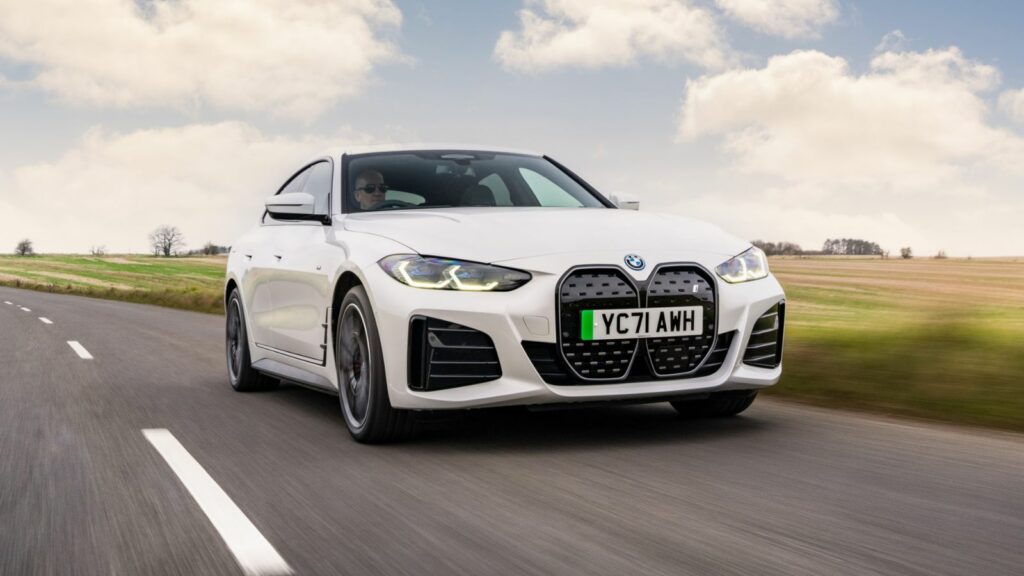As trade policies shift and North American content requirements tighten, a growing list of popular models could soon lose their eligibility for the federal iZEV incentive or provincial perks. This has resulted in higher upfront prices, slower EV adoption, and frustrated buyers who thought they were going green and saving green at the same time. These are 20 vehicles that may no longer qualify for tax rebates after trade shifts:
Hyundai IONIQ 5
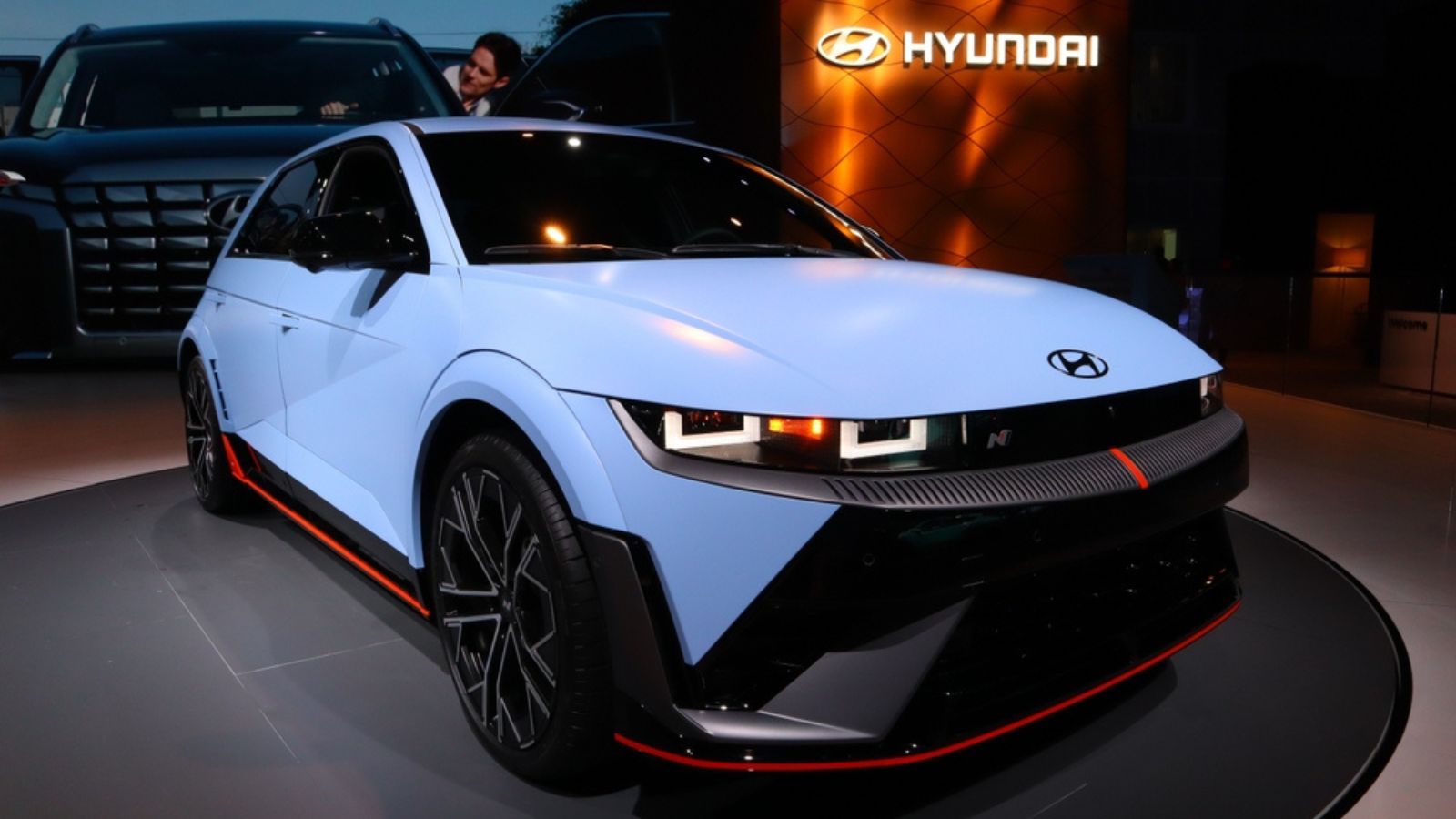
The Hyundai IONIQ 5 dazzled Canadians with its bold design, ultra-fast 800V charging, and dual-motor AWD variant, capable of accelerating from 0 to 100 km/h in under 5 seconds. However, with final assembly still taking place in South Korea and content rules tightening, it risks losing rebate eligibility. That could mean $5,000 out of pocket for prospective buyers who’ve banked on federal support. Despite its roomy interior, tech-rich dashboard, and 480 km range, the IONIQ 5 may no longer be the budget-conscious EV it once was, especially if production does not shift to North America soon.
Kia EV6
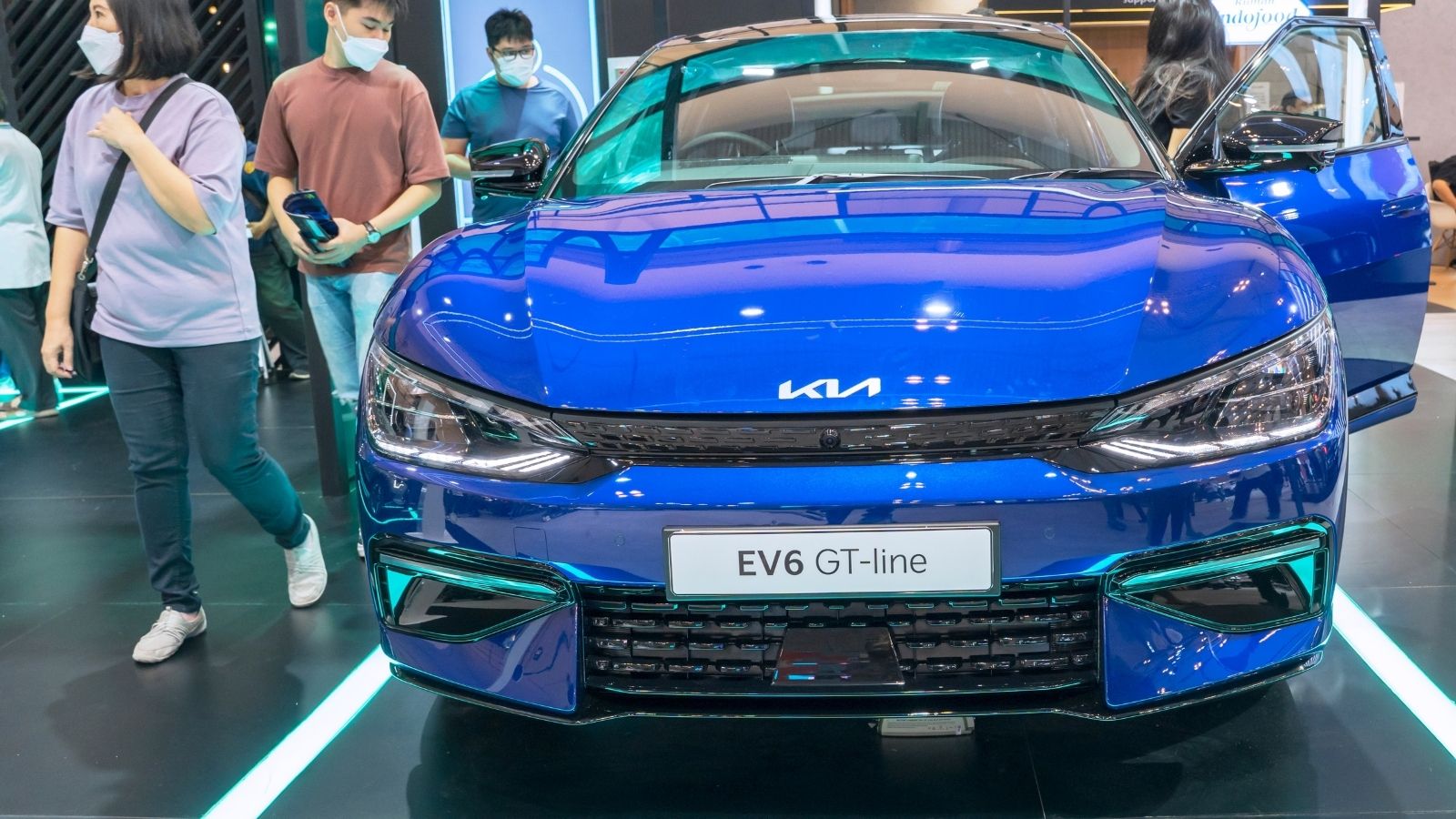
Built on the same E-GMP platform as the IONIQ 5, the Kia EV6 also faces uncertainty regarding rebates. With a dual-motor GT-Line model hitting 576 horsepower and reaching 0-100 km/h in a blistering 3.5 seconds, it’s a high-performance favorite. Inside, the EV6 features a curved digital dash, heated vegan leather seats, and a flat floor for maximum passenger space. But final assembly in South Korea and non-compliant battery sourcing put it at odds with evolving rebate rules. If rebates disappear, this sleek crossover could lose its competitive price edge in Canada’s tightening EV market.
Toyota bZ4X
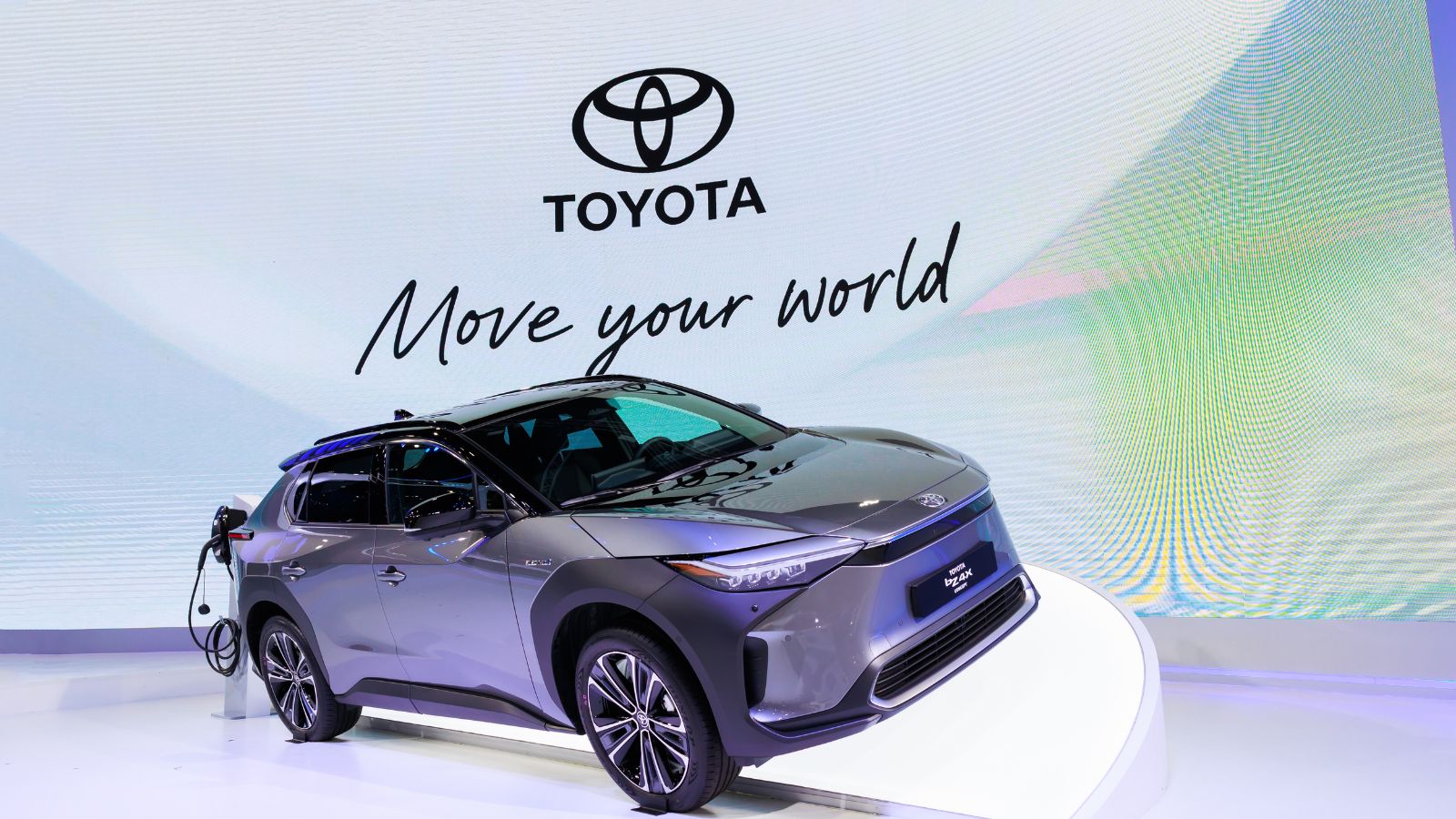
Toyota’s first fully electric SUV, the bZ4X, offered practicality and brand trust, but manufacturing outside North America puts it on thin ice. With a limited range of up to 406 km and sluggish acceleration compared to rivals, it’s already a tough sell for thrill-seekers. Now, it risks losing the iZEV rebate entirely, pushing its MSRP well above what budget-focused EV shoppers can justify. Despite decent tech features like a 12.3-inch touchscreen and available AWD, the bZ4X’s value proposition starts to unravel if rebates are no longer available. Toyota may need to accelerate North American production or risk watching this EV stall out in Canadian showrooms.
Nissan Ariya
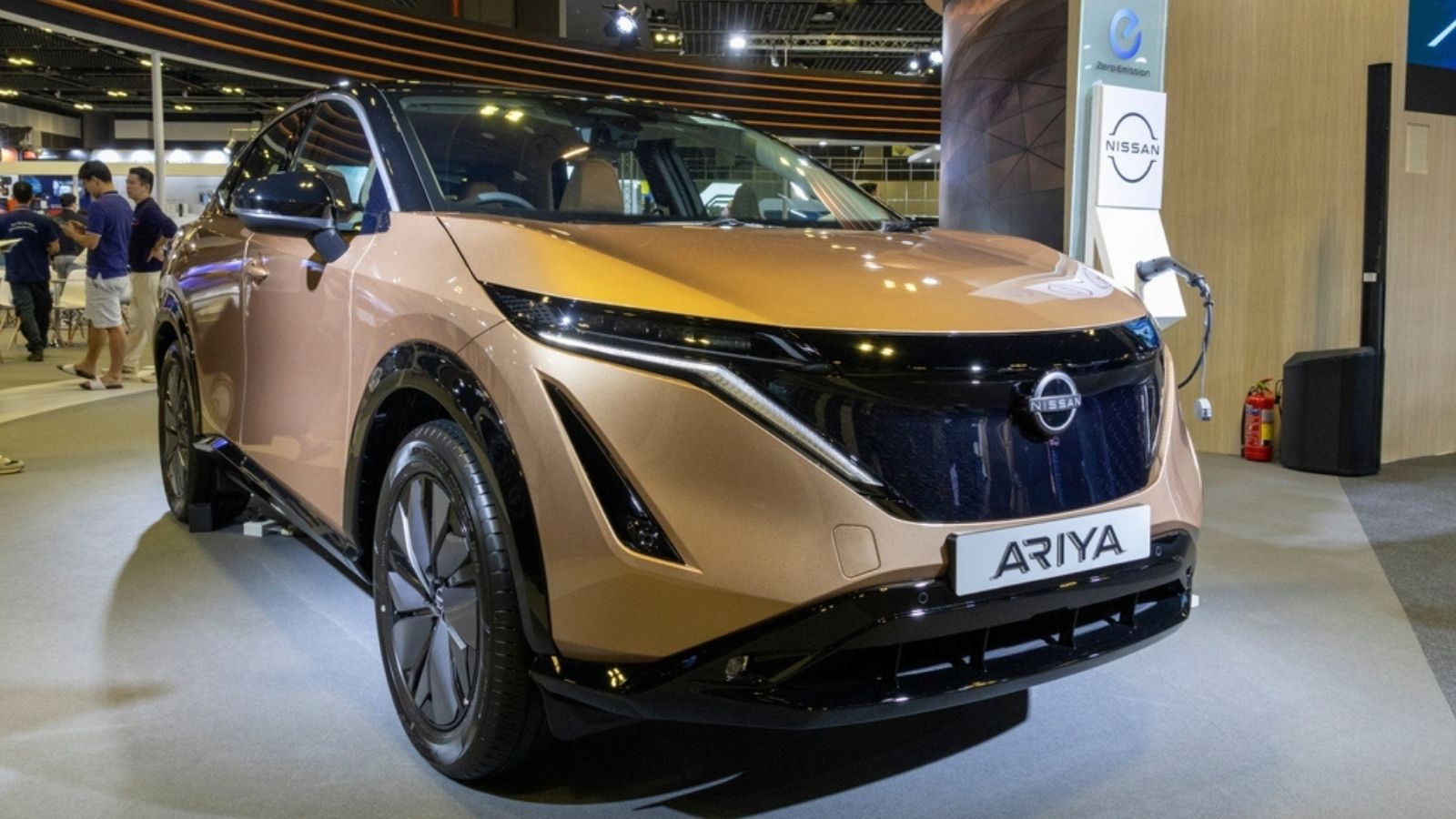
The Nissan Ariya made waves with its minimalist cabin, ProPILOT Assist technology, and a range of up to 490 km. But its Japanese production footprint and battery sourcing make it vulnerable under Canada’s updated content rules. The high-spec e-4ORCE AWD model boasts 389 hp and accelerates from 0 to 100 km/h in around 5 seconds, but without rebates, its price tag can soar past $60,000. For families seeking a refined EV with dual-screen displays and generous cargo space, the Ariya looked like a winner. If trade shifts strip it of incentives, it may suddenly feel more like a luxury splurge.
Chevrolet Bolt EUV
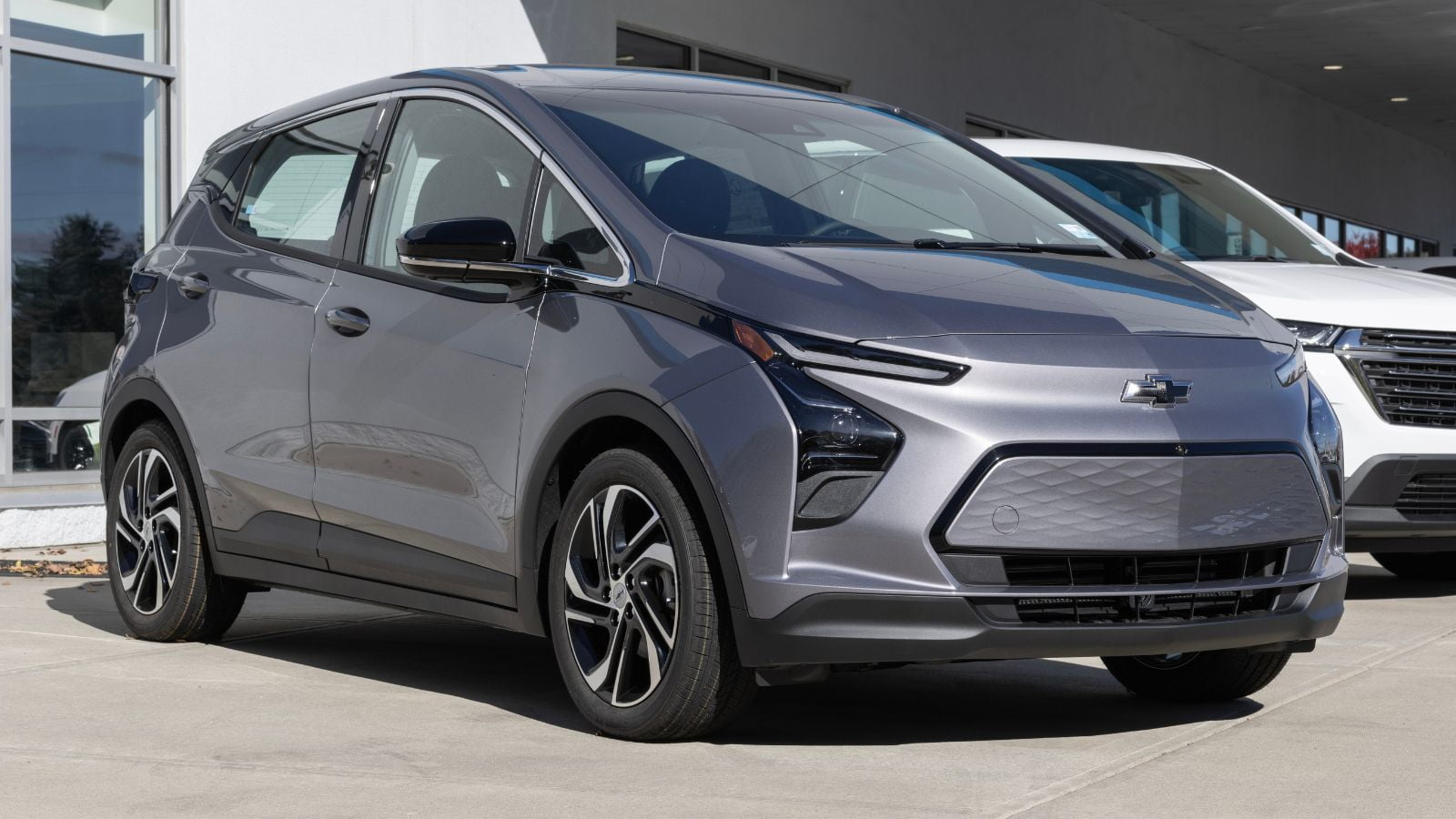
A favorite for urban Canadians, the Bolt EUV combines practicality and affordability, especially after Chevrolet slashed its price. With a 397 km range, 0-100 km/h acceleration in about 7 seconds, and semi-autonomous Super Cruise technology on higher trims, it is one of the most accessible EVs on the road. But with General Motors winding down Bolt production and uncertainty around its North American parts compliance, rebate eligibility could disappear. Without that $5,000 federal boost, the Bolt EUV loses its key value hook and may leave budget-conscious drivers wondering whether to hold off for GM’s next-gen Ultium lineup.
Volkswagen ID.4 (Imported Models)
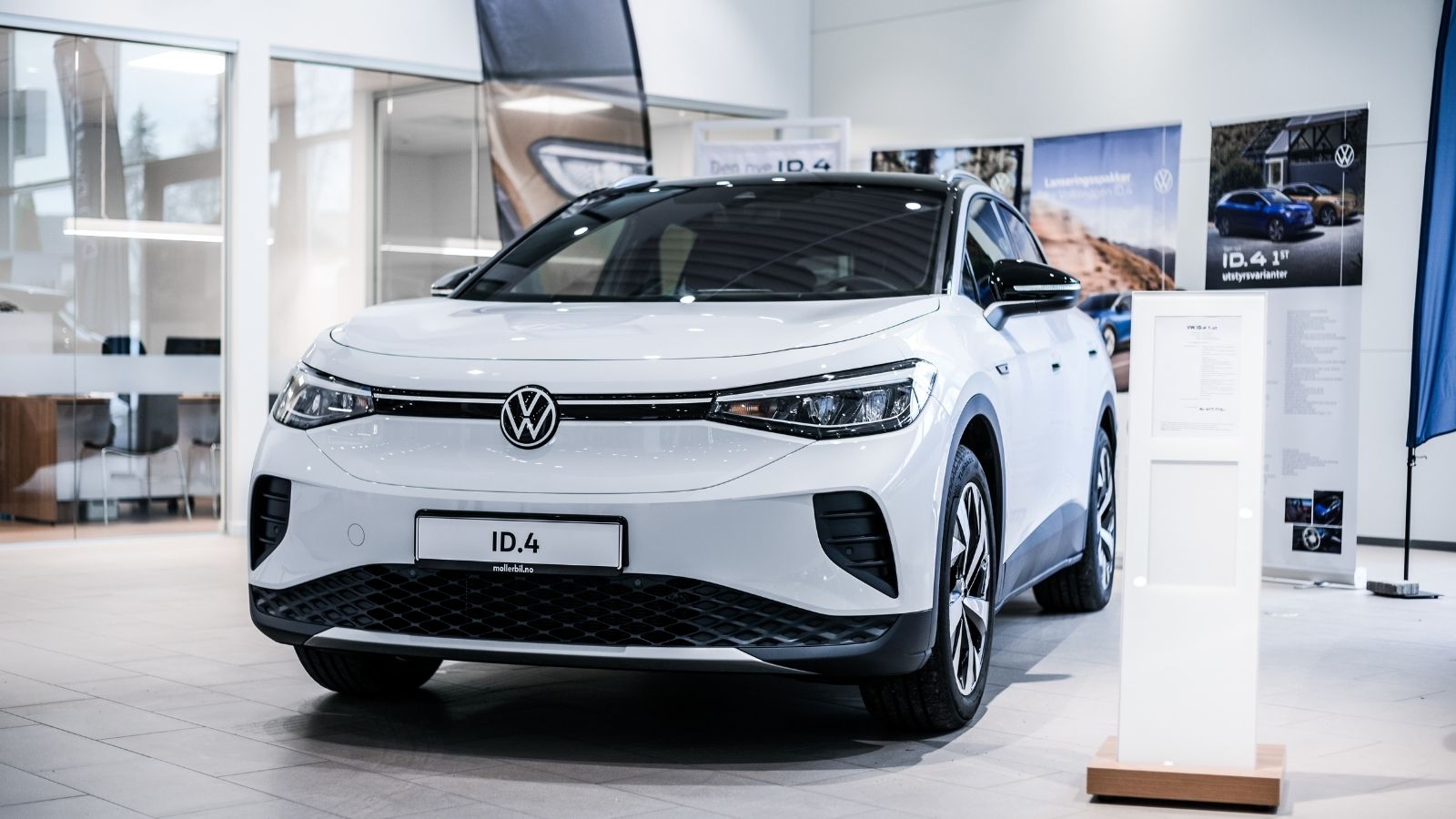
While Volkswagen has begun assembling ID.4s in Tennessee, many Canadian units still originate from Europe, which jeopardizes their eligibility for the rebate. The ID.4’s dual-motor AWD version puts out 295 hp and hits 0-100 km/h in 5.8 seconds, offering solid performance and up to 468 km of range. Inside, it’s a tech-forward cabin featuring a minimalist dashboard, wireless Apple CarPlay, and spacious rear seats. However, if your ID.4 is imported from overseas, you may miss out on thousands in rebates. Without transparent sourcing information at the time of purchase, Canadians risk paying a premium for what was intended to be a budget-friendly crossover.
Mazda MX-30 EV
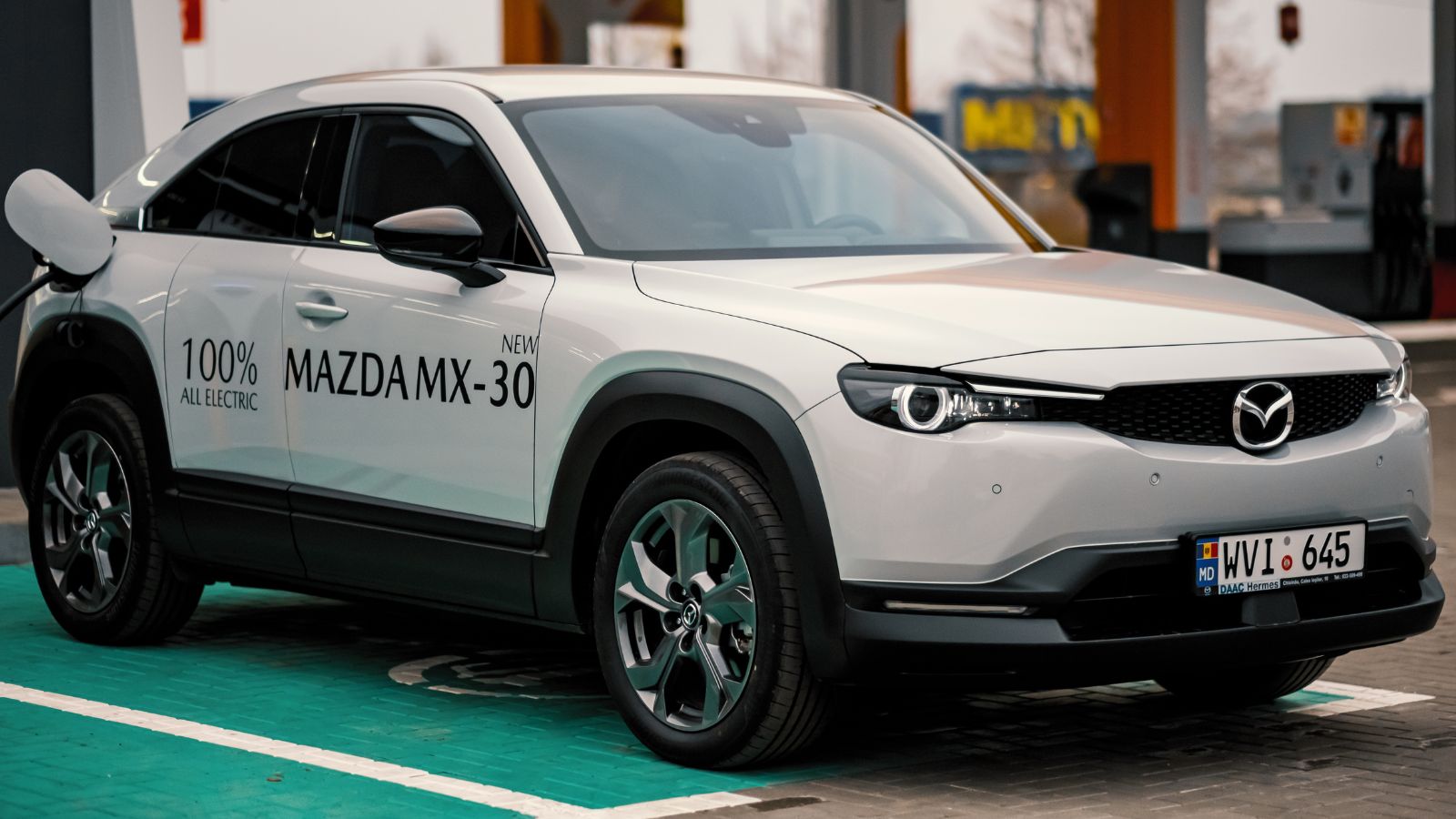
The MX-30 EV has already faced criticism, offering just 161 km of range, which is hardly enough for most Canadians. Now, with Japanese manufacturing and limited North American sourcing, it’s on track to lose rebate eligibility altogether. That’s a hard pill to swallow for a vehicle with a base MSRP over $42,000. Its coupe-like design and cork-lined interior are stylish, and it delivers decent city handling. However, the lack of a rebate means its weaknesses stand out even more. Unless Mazda pivots to a range-extender model or local assembly, the MX-30 may fade from relevance.
Genesis GV60
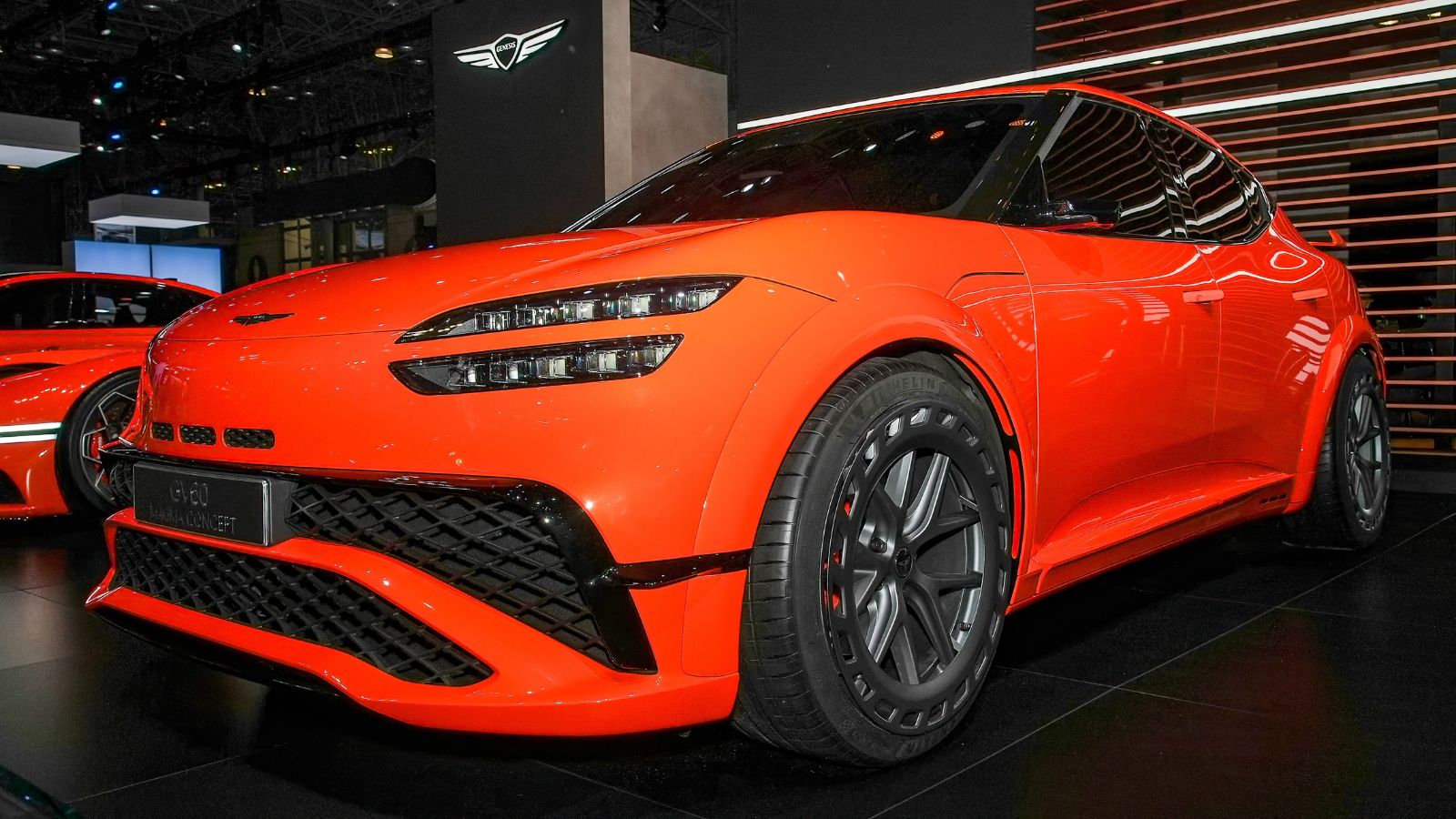
Hyundai’s luxury arm made a strong EV debut with the GV60, a striking crossover with cutting-edge design, 429 horsepower, and a 0-100 km/h sprint in 4 seconds flat. With features like facial recognition entry and a crystal gear selector, it screams innovation. However, that high-tech promise comes with the catch of a South Korean assembly and non-compliant battery sourcing, which puts its rebate future in doubt. Without the federal iZEV credit, the GV60’s premium price tag feels even steeper, especially with competition heating up in the luxury EV segment.
Mini Cooper SE
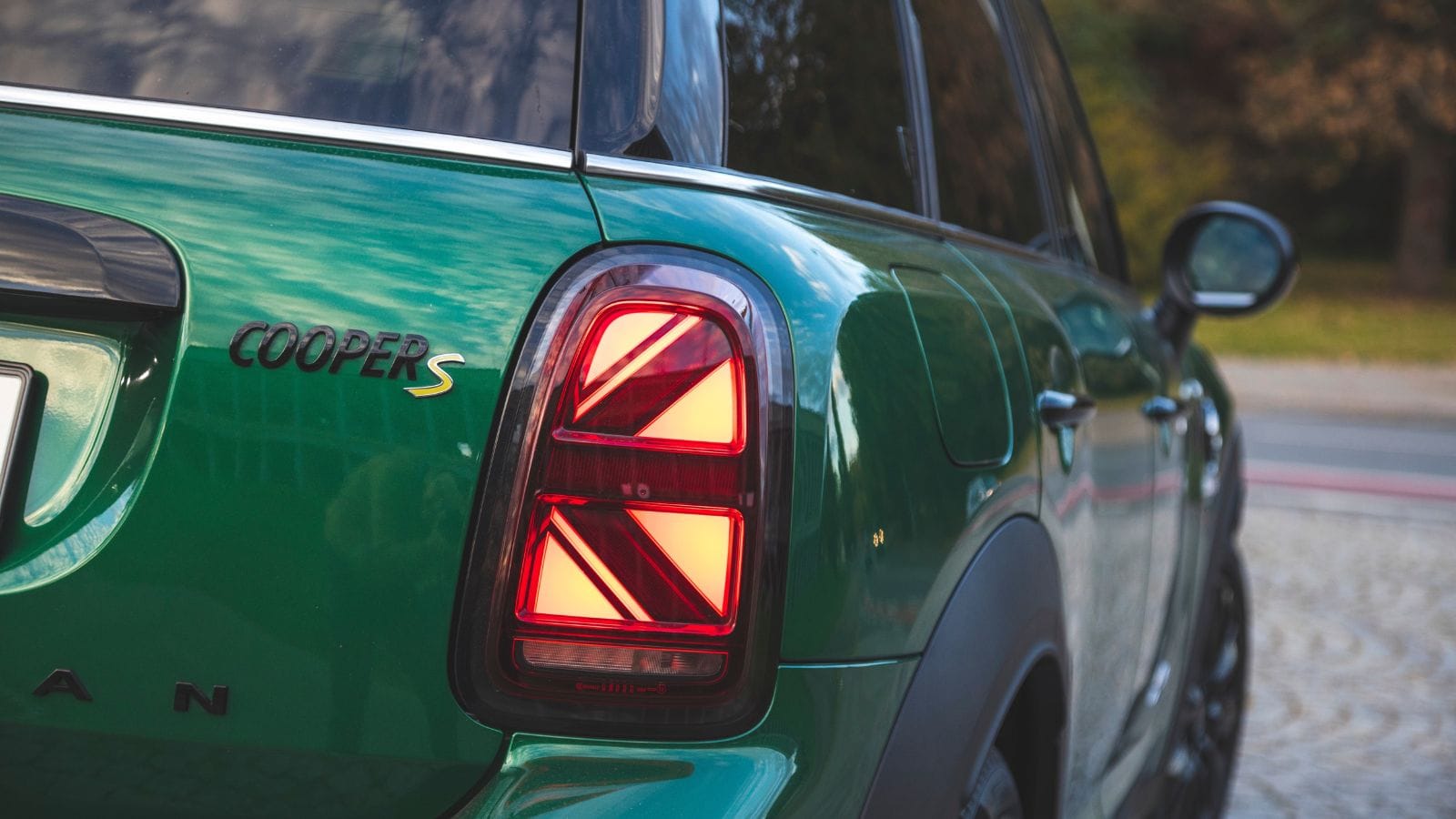
The electric Mini Cooper SE is a fun, city-friendly EV with 181 horsepower and a retro-modern design, but its 183 km range is hard to justify without financial incentives. Built in Oxford, England, and utilizing components sourced outside North America, it risks compromising its market standing due to new rebate rules. Inside, it delivers charm with circular displays, ambient lighting, and zippy handling, but none of that helps when its price creeps too close to better-performing rivals. If tax credits are eliminated, the Mini SE becomes more of a niche purchase than a practical one, particularly for Canadians who require a longer range to match winter commutes.
Ford Mustang Mach-E (Imported Variants)
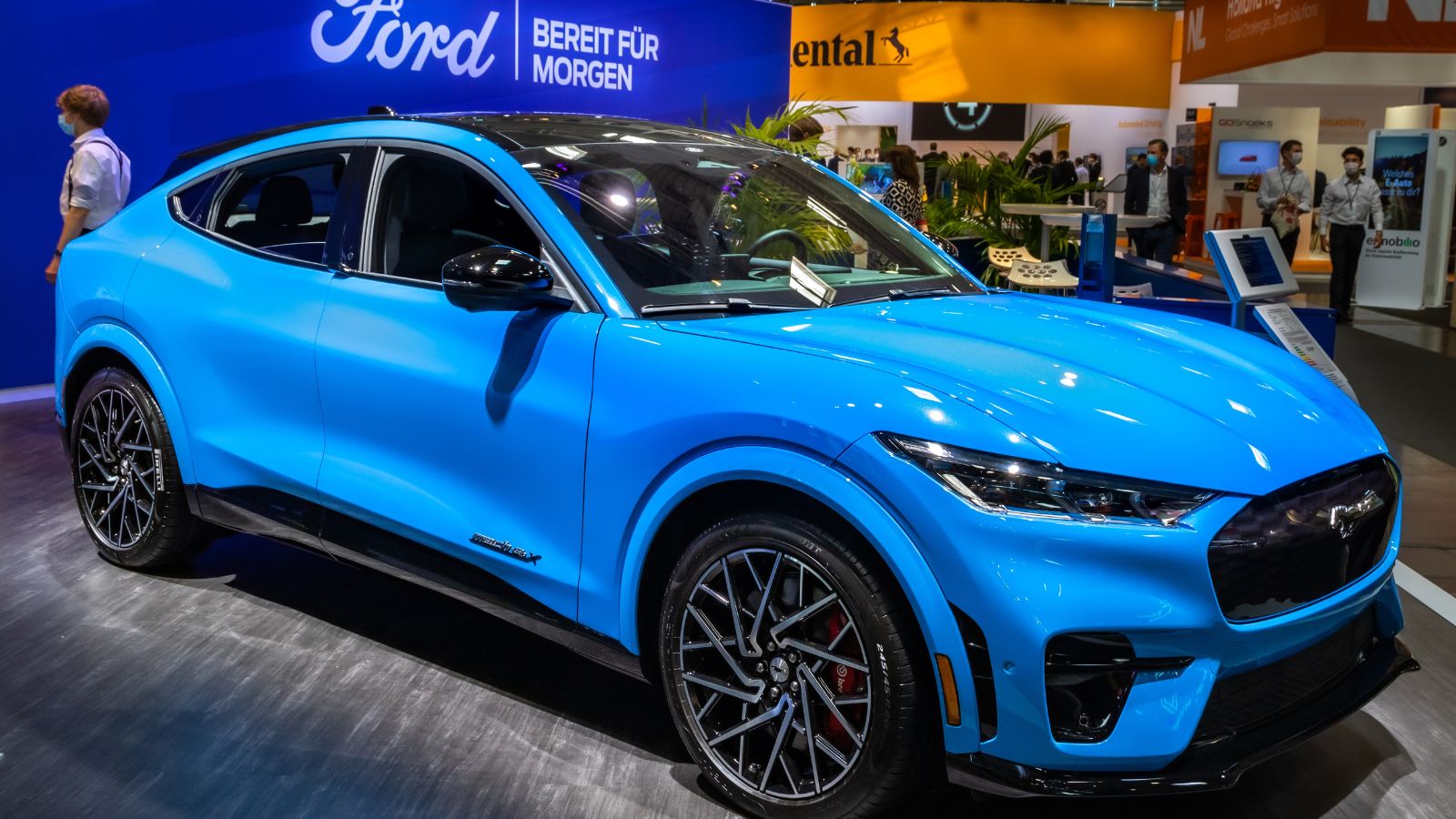
Although Ford builds some Mach-E models in Mexico, certain trims and early builds still originate elsewhere, complicating their rebate status. The Mach-E GT Performance Edition produces 480 horsepower and rockets from 0 to 100 km/h in 3.7 seconds. With a large 15.5-inch infotainment screen and a spacious, minimalist interior, it seamlessly blends performance and practicality. But if your Mach-E does not meet North American content rules, you could lose thousands in rebate dollars. Ford is expanding its compliant production footprint; however, buyers should double-check the origin of their specific model before assuming it qualifies for incentives.
BMW i4
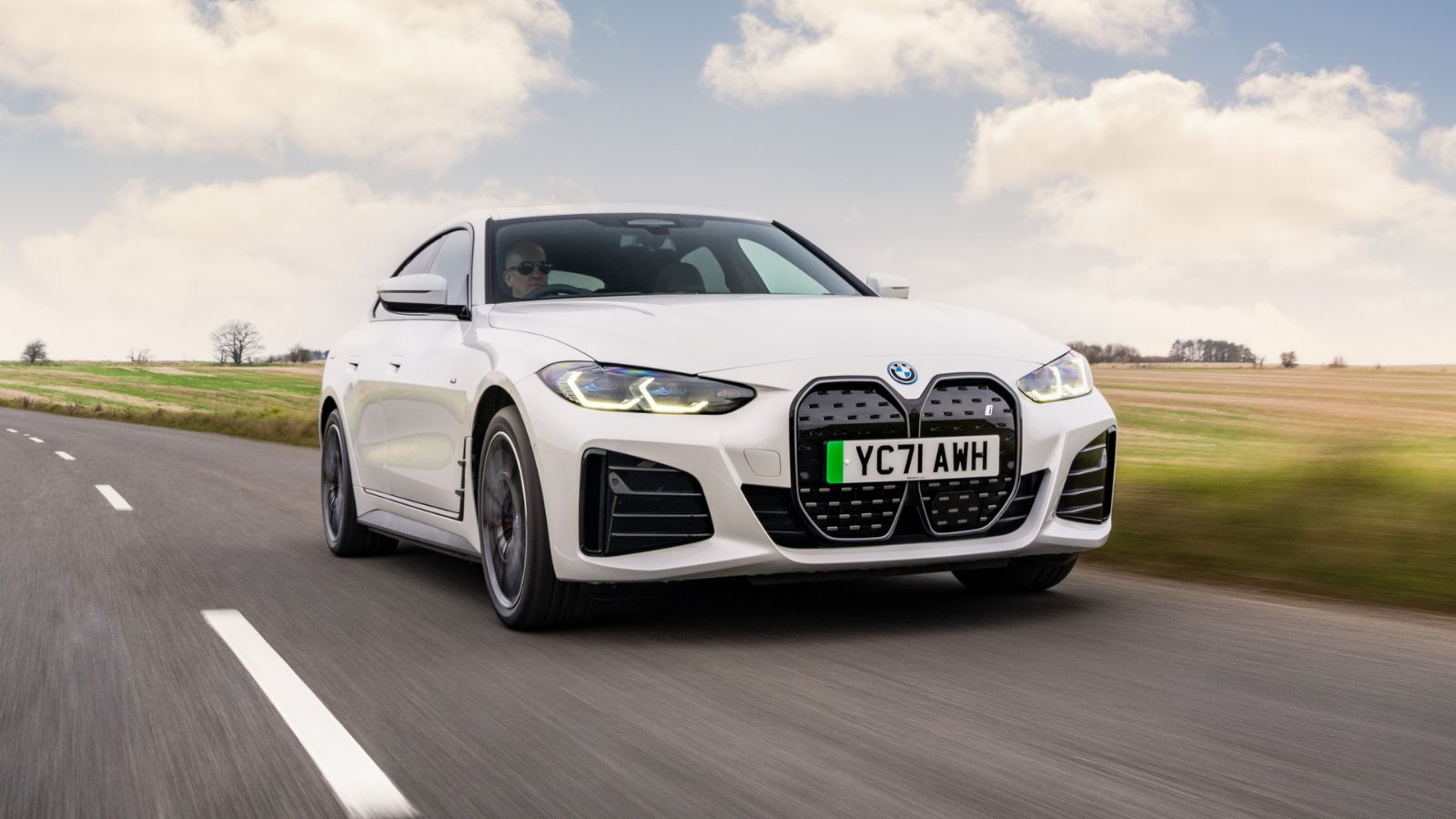
The BMW i4 delivers classic Bavarian performance with electric flair, especially in the M50 variant, boasting 536 horsepower and a 0-100 km/h time of 3.9 seconds. Its fastback design and driver-focused cabin make it one of the sportiest EV sedans around. Still, with production in Germany and batteries sourced outside North America, it could soon be removed from Canada’s rebate list. This would cause a significant hit on owners, considering its luxury price tag already nudges $70,000. For Canadians banking on that $5,000 incentive to ease the sting, the i4’s eligibility status could mean the difference between an attainable dream and financial stretch.
Subaru Solterra
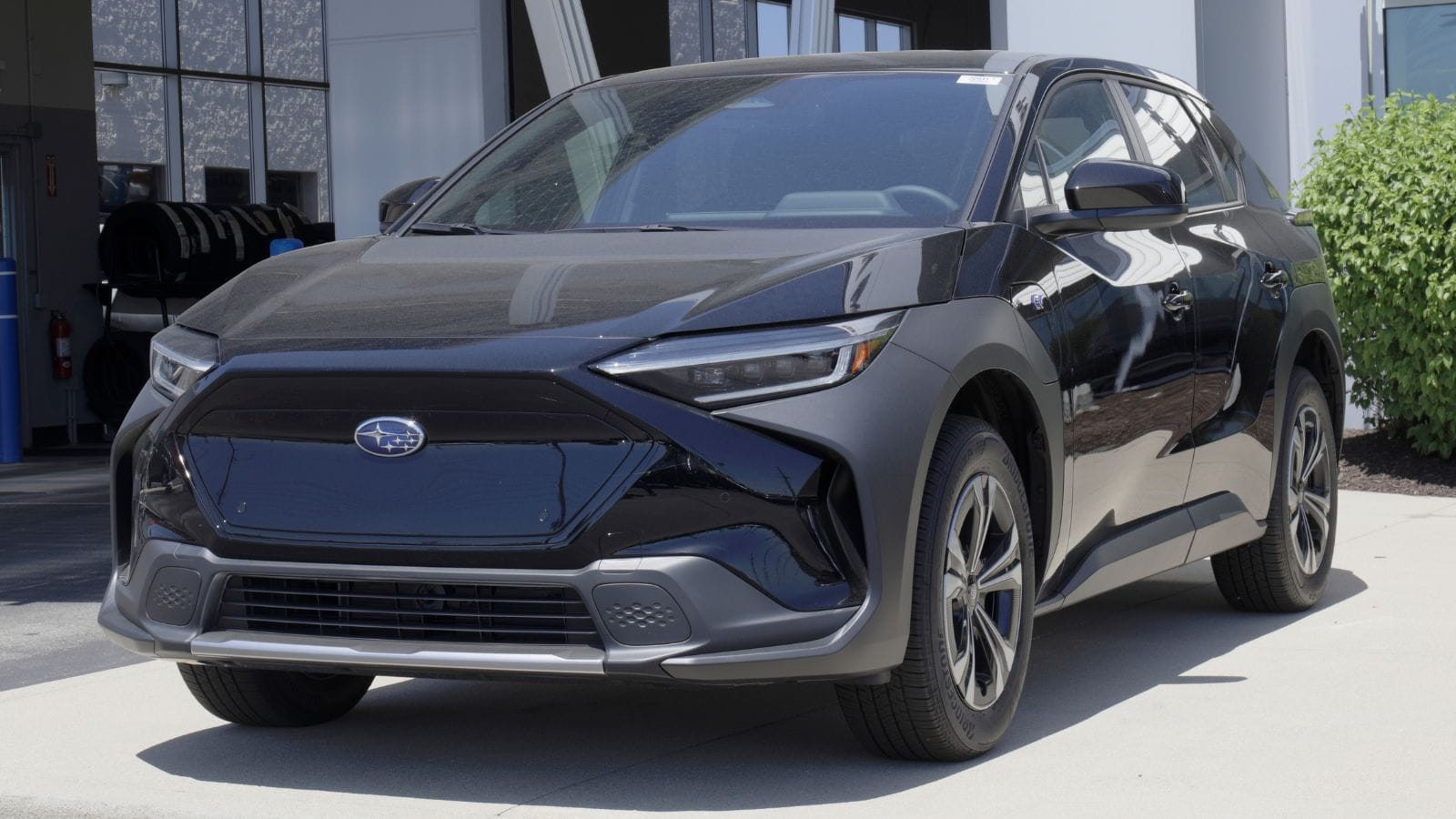
Co-developed with Toyota, the Subaru Solterra offers AWD, 218 horsepower, and a respectable 360 km of range, which is notable for a brand known more for rugged reliability than electrification. The interior blends digital simplicity with soft-touch materials and ample cargo space, while Subaru’s X-MODE system adds off-road credibility. But since it is built in Japan and shares key non-compliant battery components with the bZ4X, its rebate status is under threat. For Canadian buyers who want a Subaru experience without the gas, that could mean rethinking whether the Solterra is worth the cost, especially with other AWD EVs inching into the same price bracket.
Audi Q4 e-tron
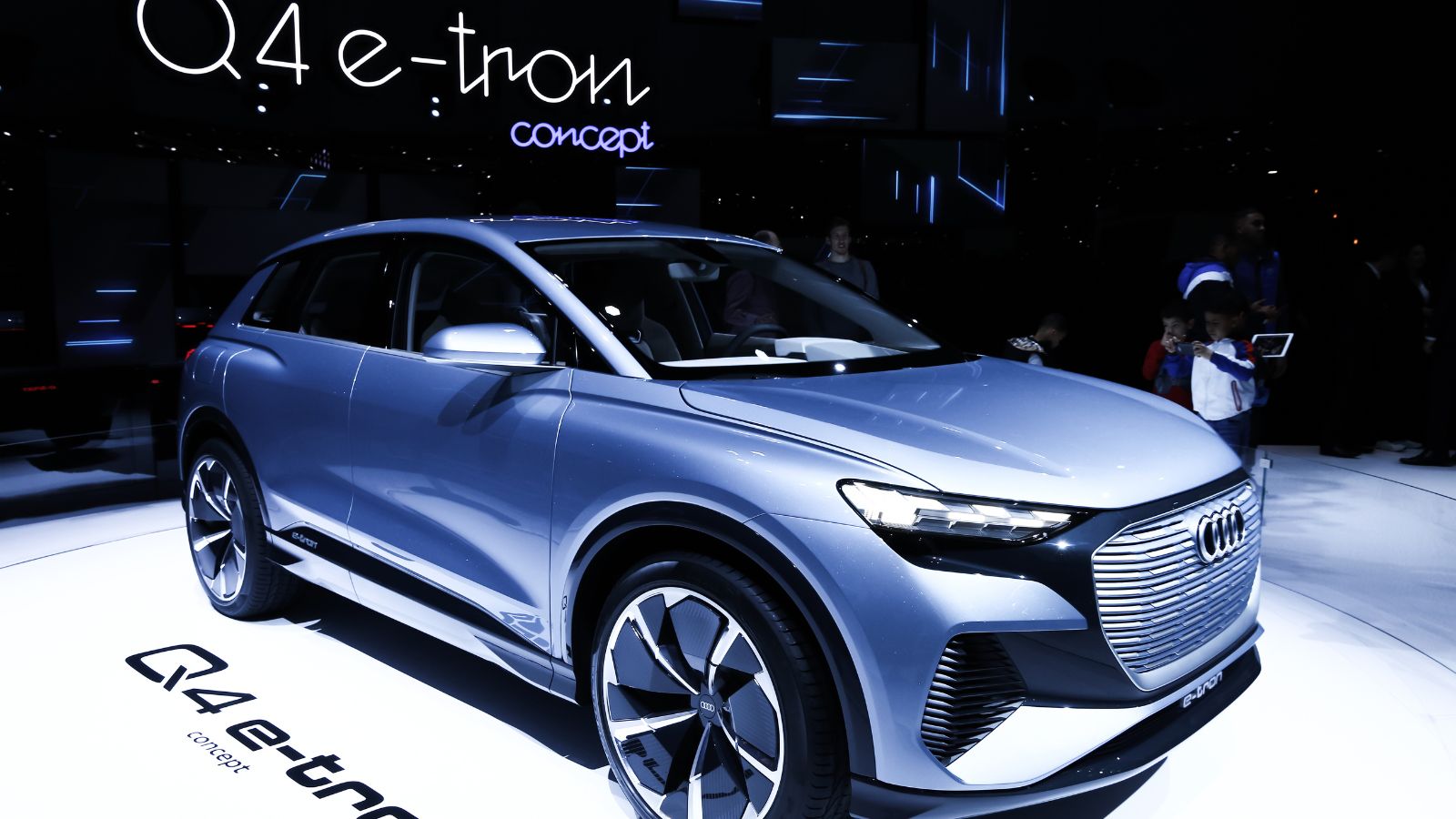
With its sleek styling and refined interior, the Audi Q4 e-tron offers premium comfort and a range of up to 446 km. Dual-motor models produce 295 horsepower and accelerate from 0 to 100 km/h in under 6 seconds, offering performance that matches the badge. Its tech-laden cockpit features a 10.1-inch touchscreen, a digital instrument cluster, and ambient lighting, making it ideal for Canadian commuters who desire class and connectivity. However, like many European luxury EVs, the Q4 e-tron faces a rebate risk due to its non-North American production and sourcing. Losing the iZEV incentive could put it out of reach for buyers who are not looking to splurge.
Lexus RZ 450e
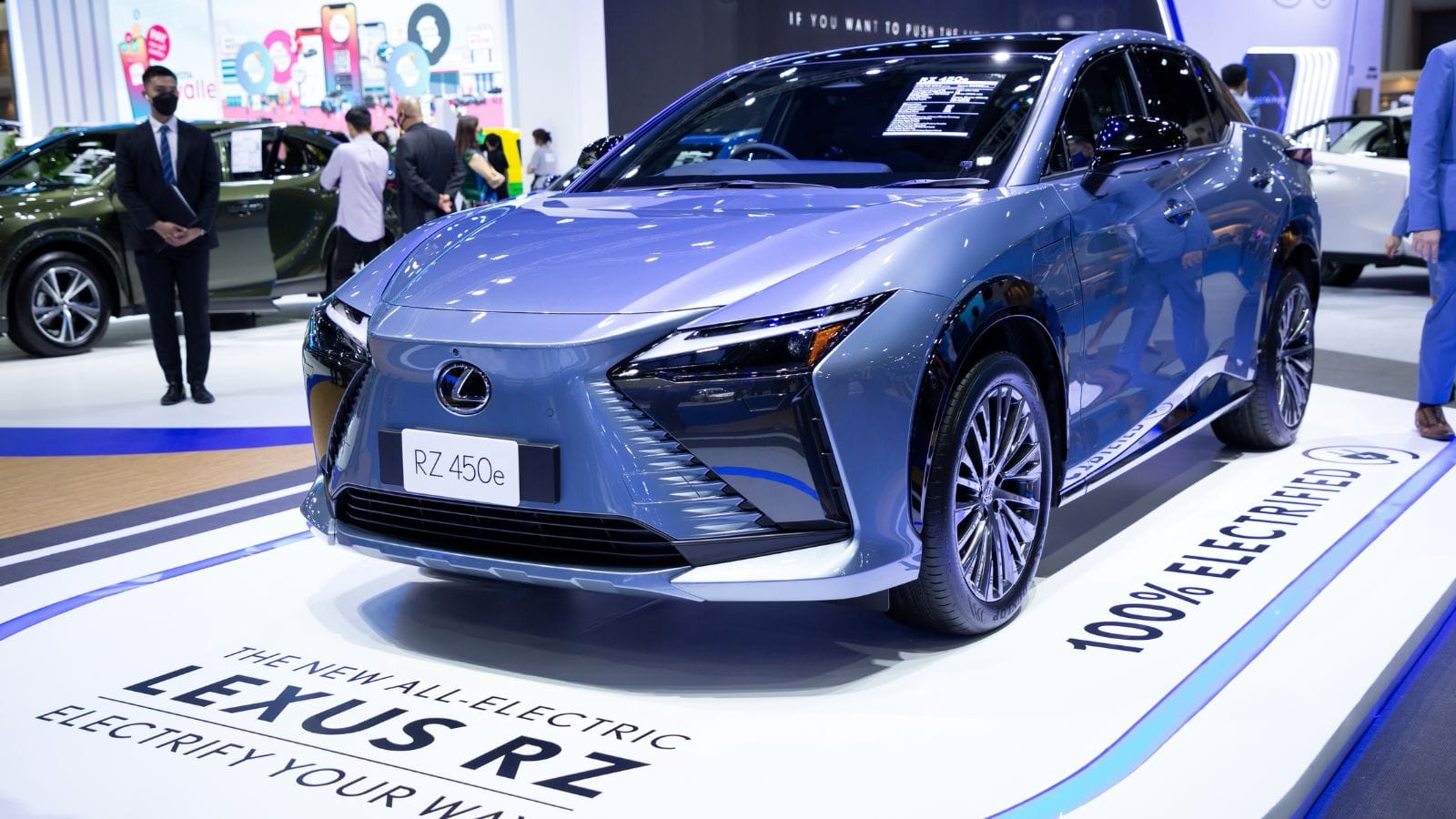
Lexus’s first dedicated EV, the RZ 450e, is built in Japan and shares much of its hardware with the Toyota bZ4X and Subaru Solterra, including a similar fate with rebate eligibility. Powered by dual motors delivering 308 horsepower and a 0-100 km/h sprint of around 5.3 seconds, the RZ offers confident handling. Inside, it has an ultra-quiet cabin, panoramic roof, and premium materials. However, without rebate support, its luxury pricing becomes harder to justify compared to rivals with a better range and homegrown credentials.
Polestar 2
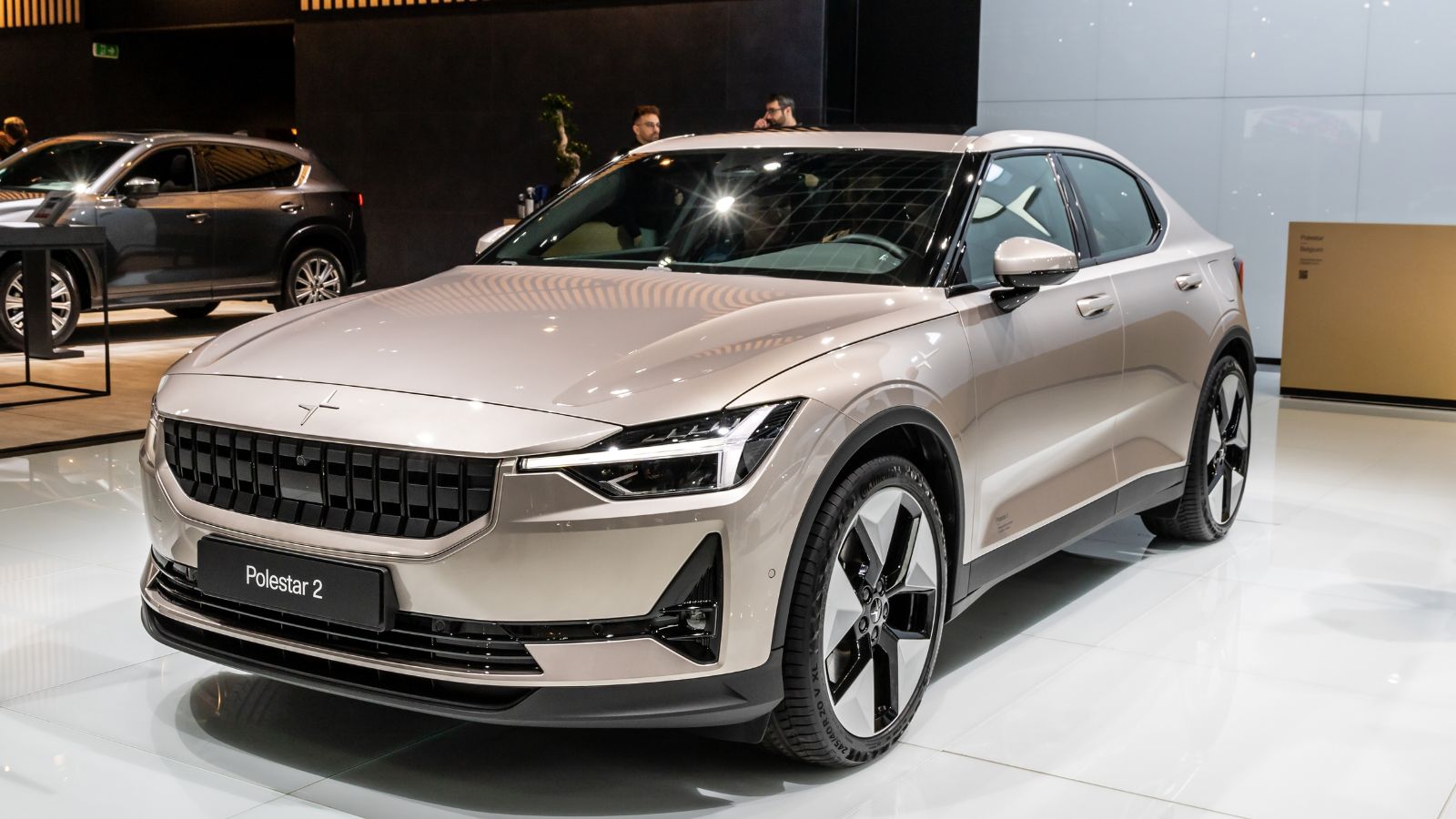
The Polestar 2 made a strong debut as a minimalist, performance-oriented EV sedan with Scandinavian cool. The dual-motor version delivers 421 horsepower and accelerates from 0 to 100 km/h in 4.5 seconds, paired with a tech-rich, Google-integrated infotainment system and sustainable interior materials. However, with production based in China and limited compliance with North American sourcing requirements, the Polestar 2 may soon become ineligible for Canadian EV incentives. That could push its price beyond what many budget-conscious buyers are willing to pay, especially with newer domestic EVs entering the market with similar specs and full rebate eligibility.
Hyundai Ioniq 5 (Imported Trims)
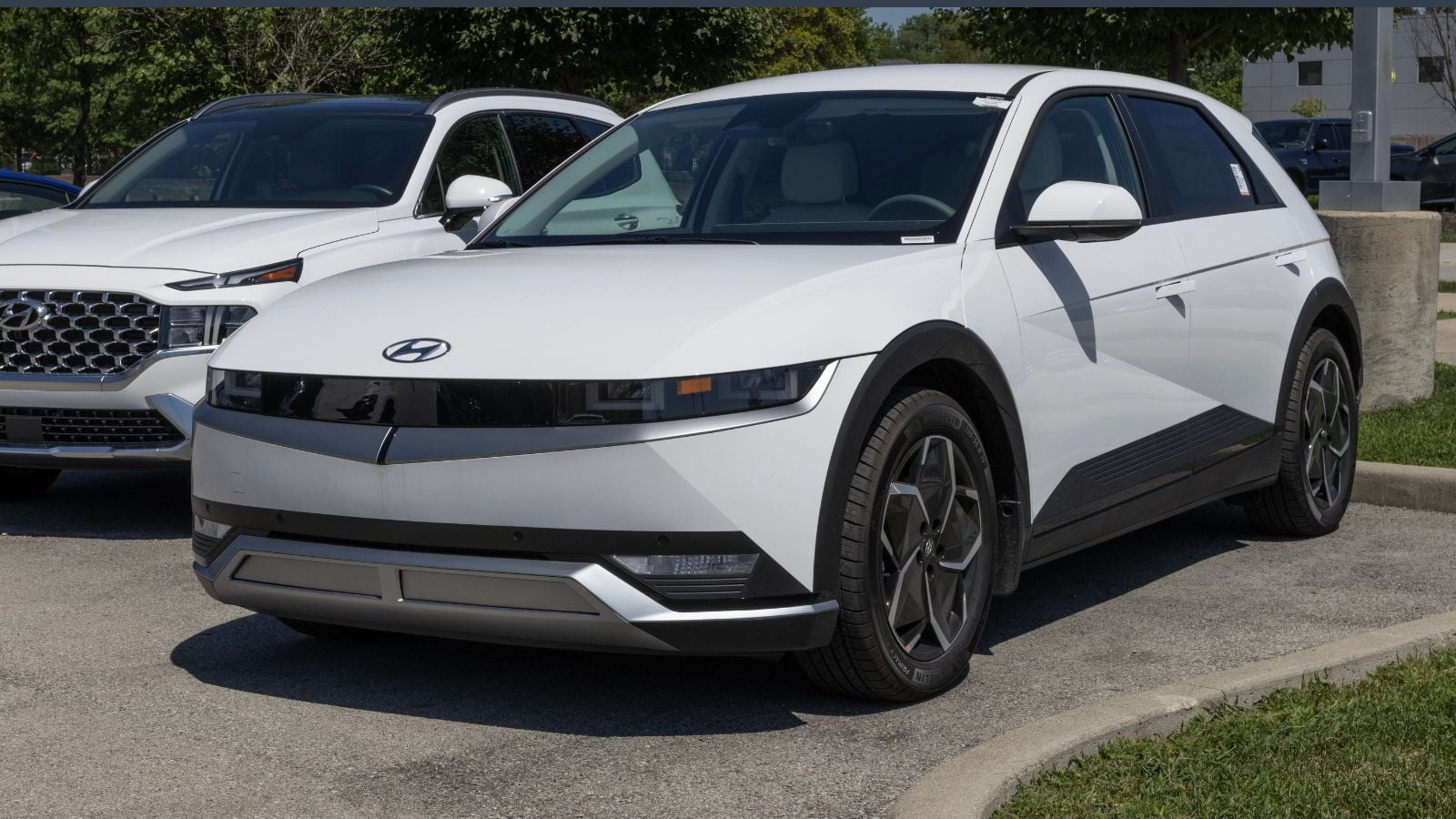
The Hyundai Ioniq 5 has become a Canadian EV darling, thanks to its retro-futuristic design, ultra-fast 800V charging, and a range of up to 488 km. Dual-motor versions offer 320 horsepower and a 0-100 km/h time under 5 seconds. Inside, the spacious, lounge-like cabin includes a sliding center console, flat floor, and dual 12.3-inch displays. But many trims sold in Canada are imported from Korea, which puts their rebate status at risk under tightened trade rules. Without that $5,000 rebate cushion, some buyers may hesitate, especially as Hyundai transitions more production to North America in the coming years.
Toyota Prius Prime
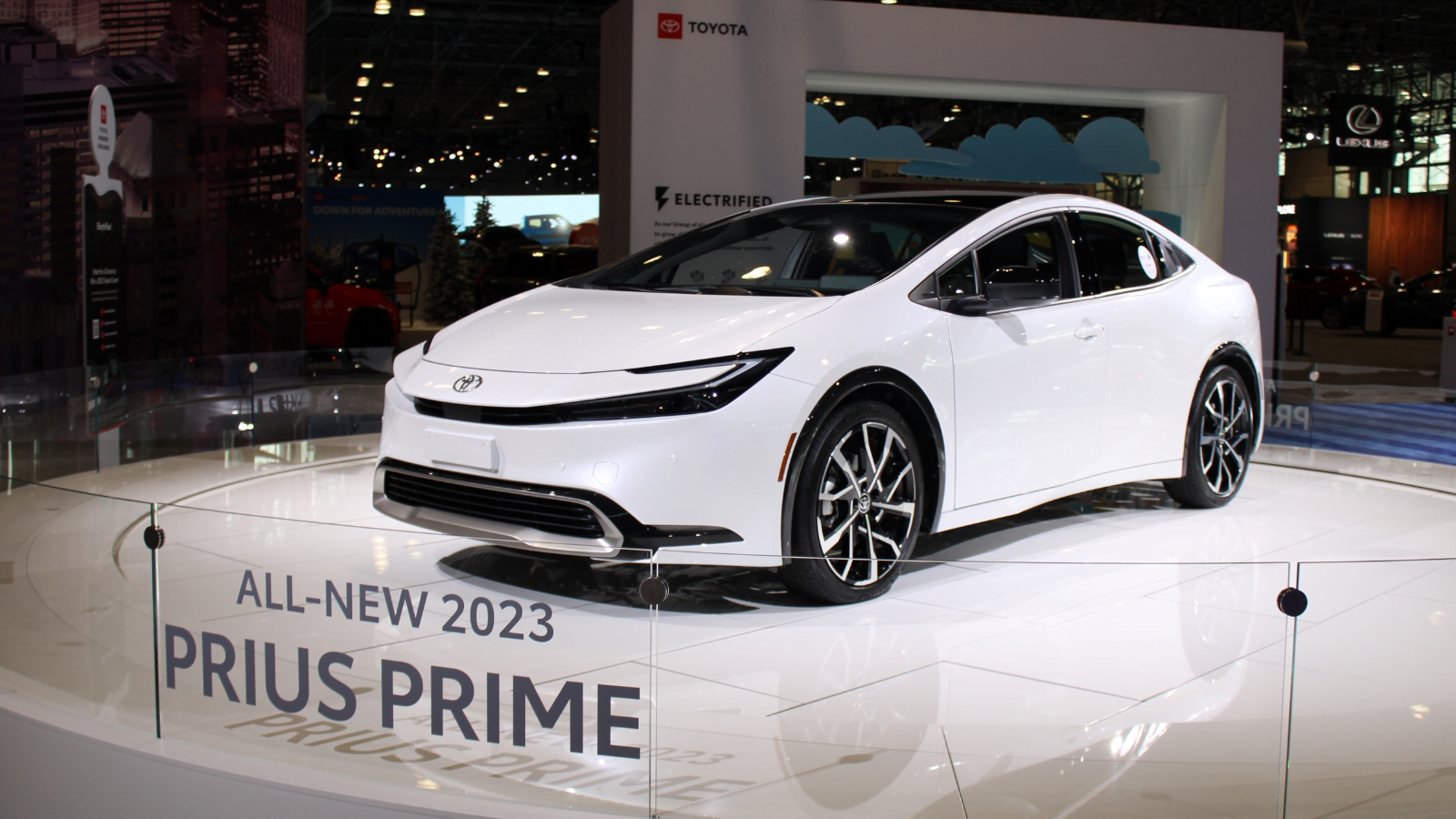
The Prius Prime plug-in hybrid offers up to 72 km of electric-only range, 220 combined horsepower, and a redesigned exterior that finally looks as sleek as it is efficient. Acceleration is brisk, reaching 100 km/h in approximately 6.8 seconds, and the high-tech, user-friendly interior features Toyota’s latest infotainment platform. But it is built in Japan, and as sourcing requirements tighten, even plug-in hybrids like the Prime could see their federal incentives evaporate. That makes it harder for Canadians to justify the added cost over standard hybrids, especially when the fuel savings take years to offset the purchase price.
Nissan Leaf
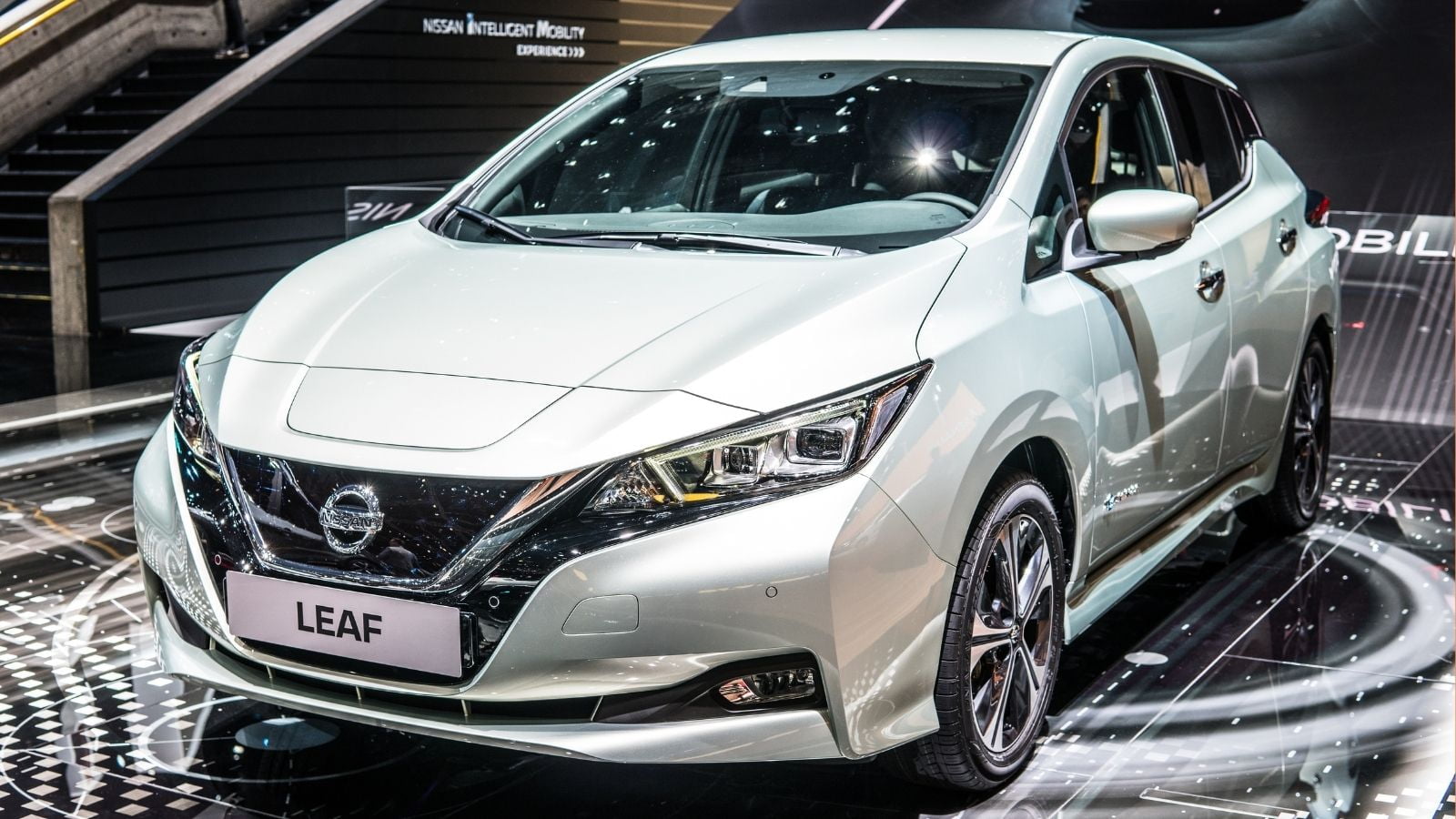
Once the poster child for affordable EVs, the Nissan Leaf now faces an uphill battle. Though priced under $45,000 and offering up to 342 km of range, the Leaf is built in Japan and hasn’t seen a significant battery upgrade in years. The 214-hp variant accelerates from 0 to 100 km/h in 6.8 seconds, and the interior is practical but outdated compared to newer rivals. Without the federal rebate, its value proposition collapses, primarily when buyers can obtain a more extended range and better technology elsewhere. Unless Nissan moves assembly or battery sourcing, the Leaf could quietly disappear from Canada’s mainstream EV conversation.
Chevrolet Equinox EV (Future Imports)
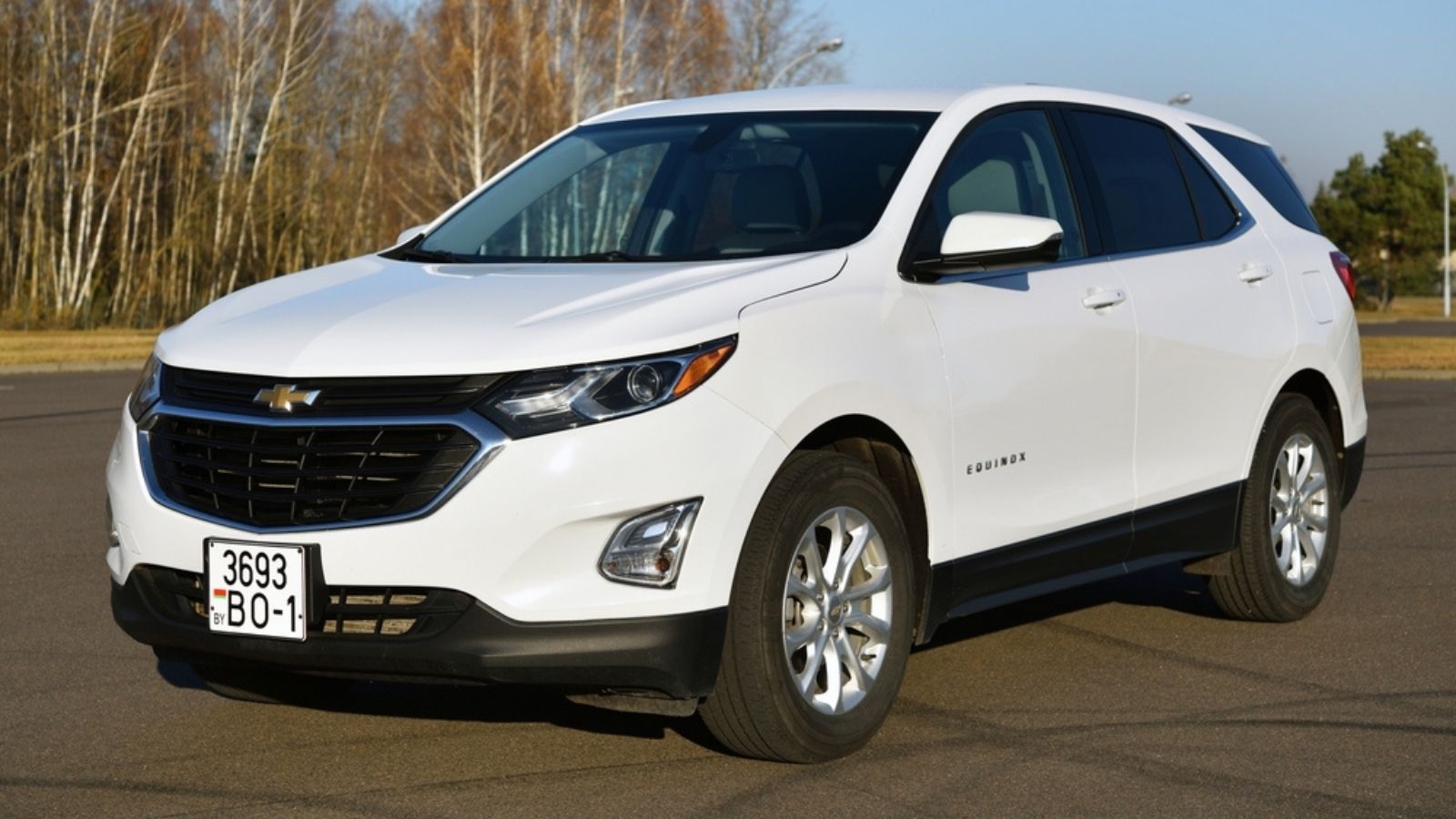
Chevy’s Equinox EV promises to be a game-changer, offering over 300 miles of range, modern technology, and starting prices below $40,000. However, future supply chain shifts or production delays could mean that some trims sold in Canada will be imported or utilize battery materials sourced from abroad. That raises concerns about rebate eligibility for models launched in late 2025 and beyond. With 290 horsepower, quick acceleration, and a roomy, tech-packed interior, it has all the right ingredients. Still, without the iZEV credit, it could be priced out of reach for the budget-focused families it’s meant to attract.
Chrysler Pacifica Plug-in Hybrid
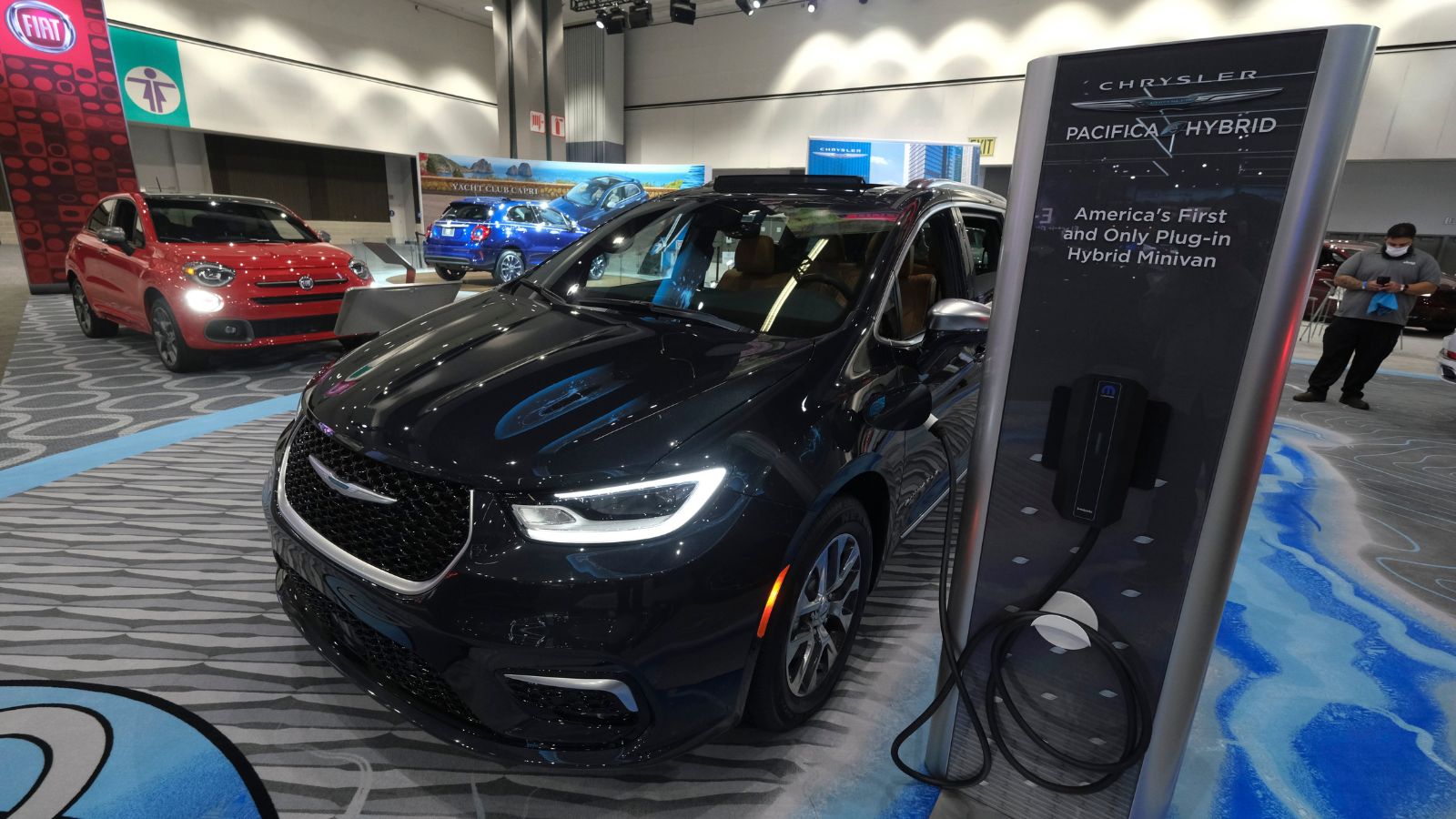
Built in Windsor, Ontario, the Chrysler Pacifica PHEV is expected to be a success story in terms of rebates. But if battery sourcing rules tighten or U.S. trade policies shift, even domestically assembled plug-in hybrids might get caught in the crossfire. The Pacifica’s 260 hp and 0-100 km/h time of about 7.8 seconds make it perfectly capable for family hauling. It also offers 51 km of electric-only range and a luxurious, three-row interior with built-in entertainment screens and Stow ’n Go seating. Still, if its powertrain components fall short of new sourcing criteria, families may no longer get the financial boost they have come to expect.
25 Facts About Car Loans That Most Drivers Don’t Realize

Car loans are one of the most common ways people fund car purchases. Like any other kind of loan, car loans can have certain features that can be regarded as an advantage or a disadvantage to the borrower. Understanding all essential facts about car loans and how they work to ensure that you get the best deal for your financial situation is essential. Here are 25 shocking facts about car loans that most drivers don’t realize:
25 Facts About Car Loans That Most Drivers Don’t Realize
